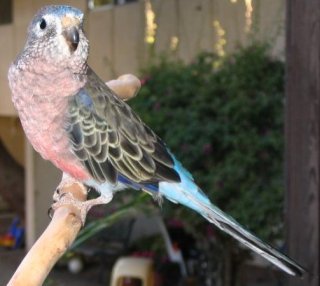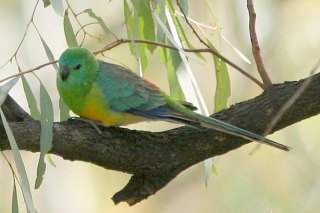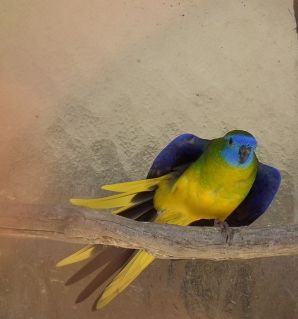Is keeping birds in captivity justified?
Received an email recently from a fellow who was somewhat objective to keeping birds in captivity for which I promptly submitted the following reply.
‘
I always respect other peoples opinions, irrespective of whether they clash with my own opinions or not. Everybody is entitled to an opinion and so should be.
In general I too disagree with wild animals being kept in captivity; they should have the opportunity to live out their life in the most natural way possible, as nature intended, in the wild running free. With regards however to animals kept in captivity, whether birds or anything else I do have my own opinions that go some way to justifying such things… long waffle coming up.
Many of the animal establishments around the world, zoos, safari parks etc. most often work together in captive breeding programs. For example the breeding of endangered species such as the Bengal tiger and giant panda in captivity can help to some extent to assuring such breeds remain on this earth for years to come; however this only goes part way and should be undertaken with the intention of returning healthy animals to the wild – of course some type of ‘close to wild as possible’ upbringing would be the only way to make it work.
Of course the most feasible option is for authorities around the globe to focus their attentions on protecting the natural wild habitat of these animals instead of allowing their destruction, and of course stop the indiscriminate hunting of such species.
The best way without a doubt to see wildlife – including birds – is within its natural environment, totally free for all to see if only they’d get off their respective posteriors and go and take a look.
Idleness is the downfall of society.
As for my speciality, exotic birds, if kept in captivity I believe they should be allowed to live as close to their natural habitat as is possible in a domestic situation and as such a large aviary with lots of space is the most suitable option. I do not keep any birds in cages (apart from the aviary which is just a big cage really) as I think it is cruel and unethical and should only happen on the rare occasion when some type of quarantine or hospitalization is required for their own well-being.
I do think however that to release an animal into the wild that has only ever known the confines of captivity would be both mentally and physically cruel to that animal, who would perhaps not survive for very long in the wild as a result. On the other hand to take a previously caged bird and introduce it to an aviary can work (and often does) in favour of the bird who would be elated with the new environment, but this should be done through the correct procedure of gradual introduction that progresses a little each day and does take a little time.
To then take that bird who has now got used to the relative freedom of the aviary and then put it in a cage is undoubtedly wrong, like a prison sentence that would most likely have a dramatic effect on the birds mental and physical health. The same would naturally apply to any bird that has only ever known aviary life, or any other animal in similar circumstances for that matter.
Agreed, the best way is to not have them in captivity in the first place.
It is a sad fact that most small animals kept in domesticity as pets for example in the UK are of tropical origin and as such their chance of survival in the wilds of Britain is somewhat limited, we are neither desert or rain-forest and any native species from such areas would find it very hard going in our temperate climate (global warming aside, we’re not tropical yet, although it’s only a matter of time) and would most likely find themselves suffering a long painful death as a consequence.
Yes there are feral communities of exotic or tropical birds in the UK and many other western societies but their fortune is a result of their sheer volume of numbers and any solo animal of exotic origin wouldn’t last very long.’
What do you think on the matter?

















